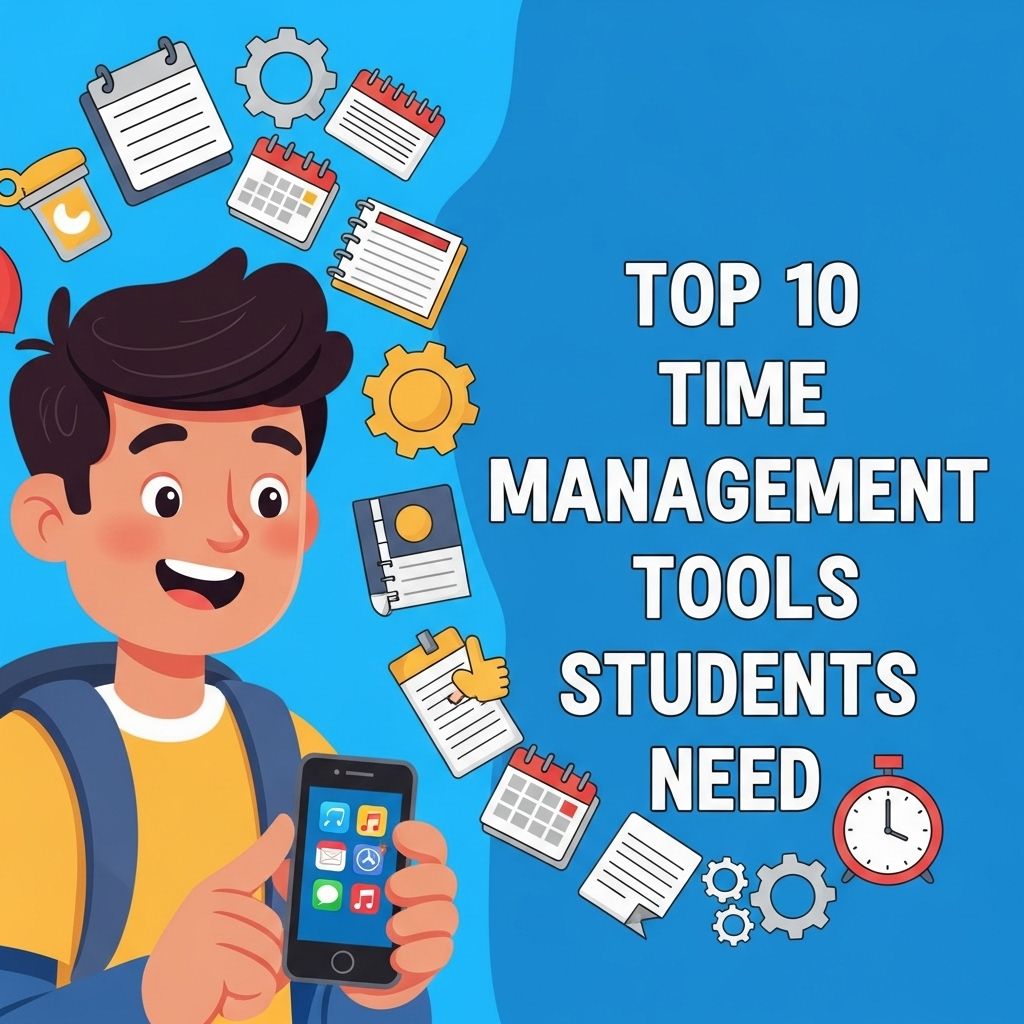In today’s educational landscape, artificial intelligence (AI) has emerged as a transformative force in the classroom. Teachers and students alike are beginning to harness the power of AI tools to enhance learning experiences, streamline administrative tasks, and promote engagement. This article delves into various AI tools available for classroom success, exploring their functionalities, benefits, and practical applications.
The Rise of AI in Education
AI technology is increasingly becoming integral to various industries, and education is no exception. The integration of AI in the classroom offers numerous opportunities for improving teaching methods and learning outcomes. But what does this integration look like? It encompasses:
- Personalized learning experiences
- Data-driven decision-making
- Automation of administrative tasks
- Enhanced student engagement
Types of AI Tools in Education
1. Intelligent Tutoring Systems
Intelligent tutoring systems (ITS) provide personalized instruction and feedback to students. These tools adapt to the individual learning pace and style of each student, allowing for a more tailored educational experience. Examples include:
- Knewton: Adapts content based on student performance.
- DreamBox: Offers personalized math lessons for K-8 students.
2. Automated Grading Systems
AI can significantly reduce the time teachers spend grading assignments. Automated grading systems can evaluate multiple-choice tests, essays, and even coding assignments. For instance:
- Gradescope: Helps with grading various assignment types efficiently.
- Turnitin: Not only checks for plagiarism but also evaluates writing quality.
3. AI-Powered Learning Platforms
Platforms that utilize AI to enhance learning experiences provide students with resources tailored to their needs. They can assess student progress and suggest materials that optimize learning. Popular options include:
- Kahoot: Engages students through interactive quizzes and games.
- Coursera: Offers a wide range of courses with AI recommendations based on performance.
Benefits of AI Tools in the Classroom
Adopting AI tools in educational settings presents several advantages:
Enhanced Learning Outcomes
AI tools can personalize the learning experience, helping students grasp complex concepts and improve their performance.
Increased Efficiency
Automation of administrative tasks allows educators to focus more on teaching rather than paperwork.
Real-time Feedback
Students receive immediate feedback on their performance, enabling them to identify areas for improvement right away.
Data Analytics
Educators can utilize data gathered from AI tools to inform their teaching strategies and make data-driven decisions regarding curriculum changes.
Implementing AI Tools Effectively
To successfully integrate AI tools into the classroom, educators should consider the following strategies:
1. Start Small
Choose one or two tools to implement initially, gradually increasing as familiarity grows.
2. Provide Training
Ensure that both teachers and students are adequately trained to use the chosen AI tools effectively. This may involve workshops or instructional videos.
3. Foster a Collaborative Environment
Encourage collaboration among students when using AI tools to promote teamwork and collective learning.
4. Evaluate Feedback
Continuously assess the effectiveness of the AI tools in use by gathering input from students and teachers alike. Adapt strategies based on this feedback.
Challenges in Integrating AI Tools
While the benefits of AI tools are significant, there are also challenges to consider:
1. Accessibility
Not all students have equal access to technology, which can create disparities in learning opportunities.
2. Data Privacy
The use of AI tools often involves the collection of student data, raising concerns about privacy and security.
3. Resistance to Change
Some educators may be hesitant to adopt new technologies, preferring traditional teaching methods. Overcoming this resistance is essential for successful integration.
Conclusion
The future of education is undeniably intertwined with the advancements in AI technology. By embracing AI tools, educators can create a more engaging, efficient, and personalized learning environment for their students. As we move forward, it is crucial to balance the implementation of these tools with considerations of accessibility, ethics, and data privacy to ensure that all students benefit from the innovations that AI has to offer.
FAQ
What are AI tools for classroom success?
AI tools for classroom success are digital resources that leverage artificial intelligence to enhance teaching and learning experiences, including personalized learning, automated grading, and intelligent tutoring systems.
How can AI tools improve student engagement?
AI tools can improve student engagement by providing interactive learning experiences, customizing content to meet individual student needs, and offering real-time feedback that keeps students motivated.
What are some examples of AI tools for educators?
Examples of AI tools for educators include platforms like Grammarly for writing assistance, Quizlet for study aids, and DreamBox for personalized math learning.
Can AI tools help with lesson planning?
Yes, AI tools can assist with lesson planning by analyzing curriculum standards, suggesting resources, and even generating lesson plans based on specific learning objectives.
Are there any challenges associated with using AI tools in the classroom?
Challenges may include ensuring data privacy, addressing the digital divide, and the need for teacher training to effectively integrate AI tools into their teaching practices.
How can teachers start using AI tools in their classrooms?
Teachers can start using AI tools by identifying their specific needs, exploring various platforms, and gradually integrating these tools into their teaching methods while seeking professional development opportunities.




